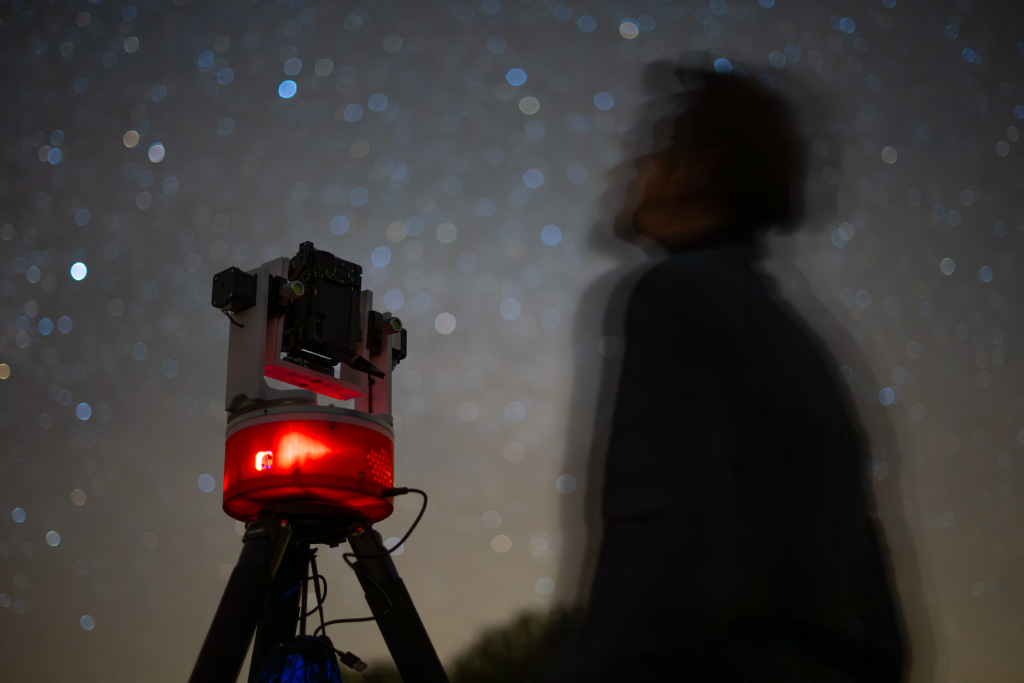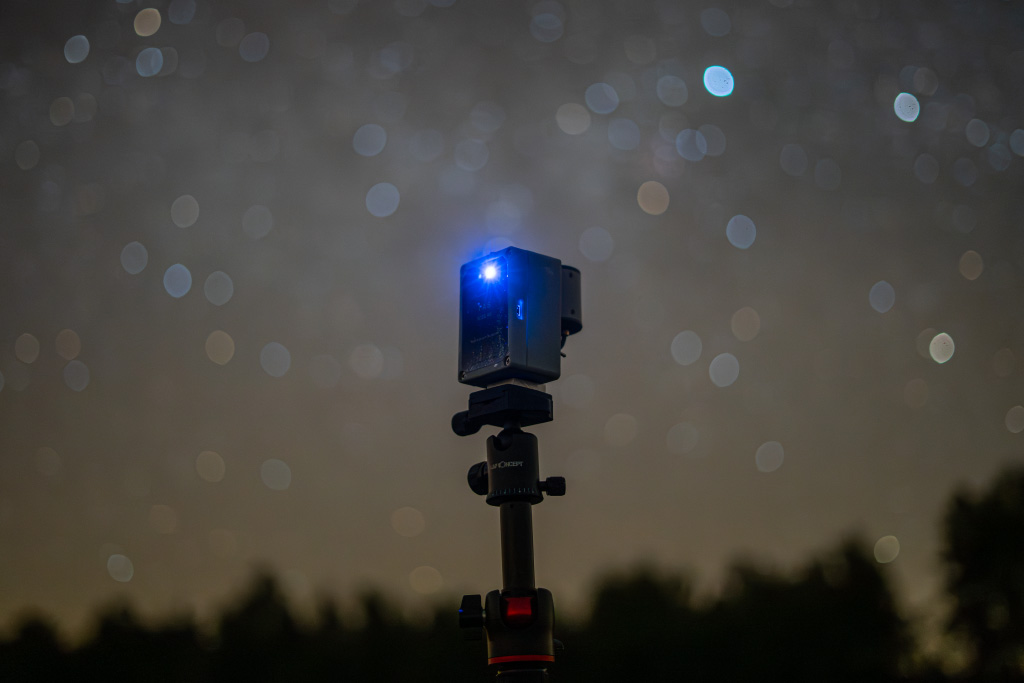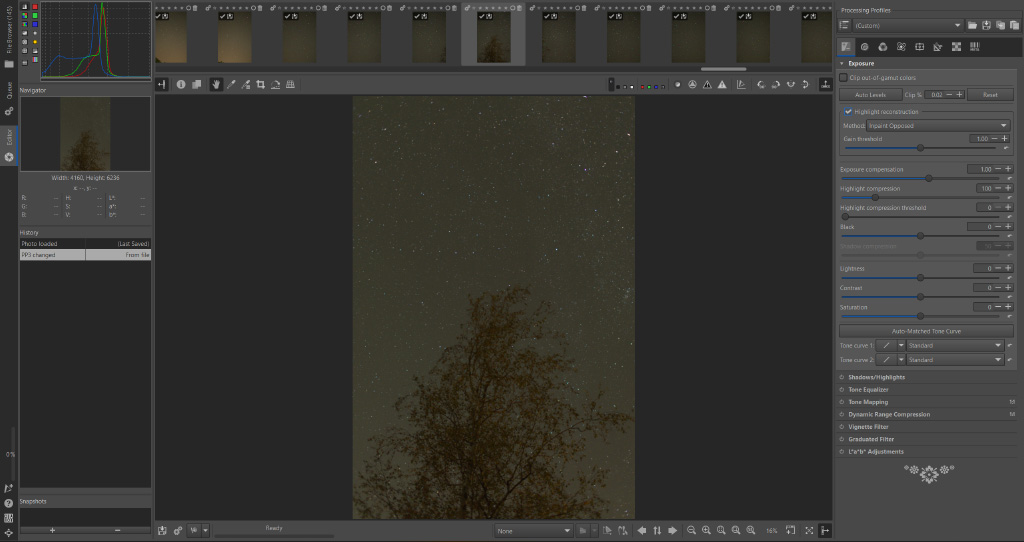Interactive Database Map
Explore an ever-growing archive through our interactive map, where each location includes a high-resolution panorama and corresponding light pollution data.
Panoramas are linked via interactive "gateway points," allowing users to seamlessly jump between nearby locations—similar to Google Street View, but focused entirely on the night sky.
Map Legend & Info
Click on any colored marker on the map to see details about the location, including the calculated median Sky Quality Meter (SQM) reading (from measurements > 45° altitude) and the date. If multiple panoramas exist for a location, you'll be able to choose which one to view. Use the / buttons or scroll/pinch to zoom.
This map is based on raw data kindly provided by David Lorenz, who recalculated Pierantonio Cinzano's original atlas using newer VIIRS data.
SQM Color Guide (mag/arcsec²):
- ≥ 21.76: Class 1 - Excellent Dark Sky Site
- 21.6 – 21.75: Class 2 - Typical Truly Dark Site
- 21.3 – 21.6: Class 3 - Rural Sky
- 20.8 – 21.3: Class 4 - Brighter Rural Sky
- 20.3 – 20.8: Class 4.5 - Semi-Suburban
- 19.25 – 20.3: Class 5 - Suburban Sky
- 18.5 – 19.25: Class 6 - Bright Suburban Sky
- 18.0 – 18.5: Class 7 - Suburban/Urban
- < 18.0: Class 8/9 - City / Inner-City Sky
Higher SQM values indicate darker skies. Colors correspond to color of the observation circles, not the color of the light pollution map.
Visualizing Sky Quality: Bortle Class Examples

Bortle Class 3 (Rural Sky)
Pragelpass, Switzerland. Many stars and the Milky Way are clearly visible.

Bortle Class 6 (Bright Suburban Sky)
Sandweiler, Luxembourg (near airport). Skyglow washes out stars and the Milky Way.
These images illustrate the significant difference in night sky visibility under varying light pollution levels.


